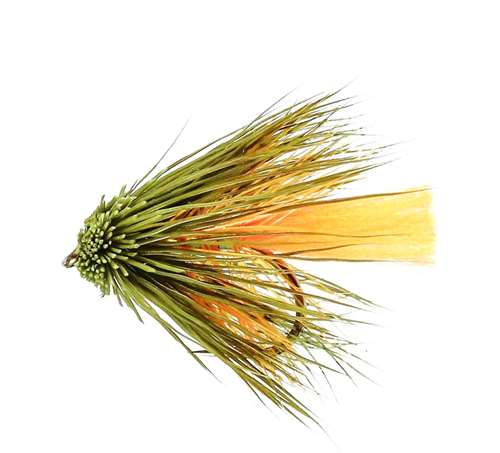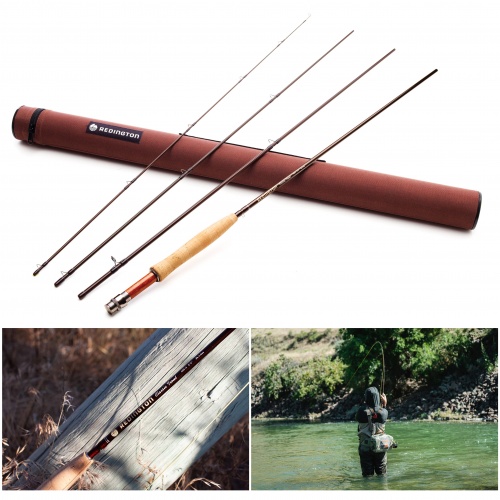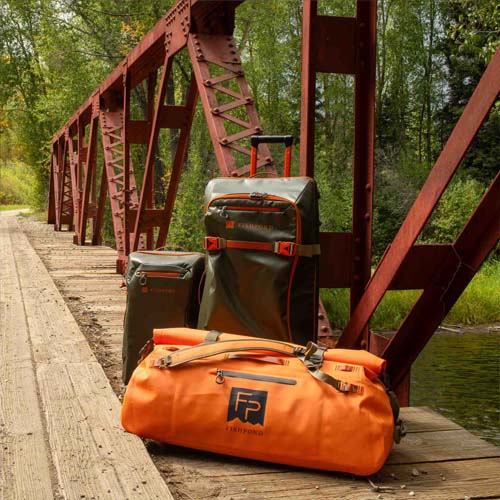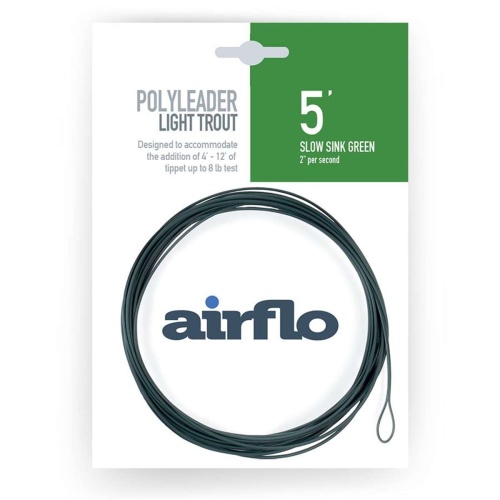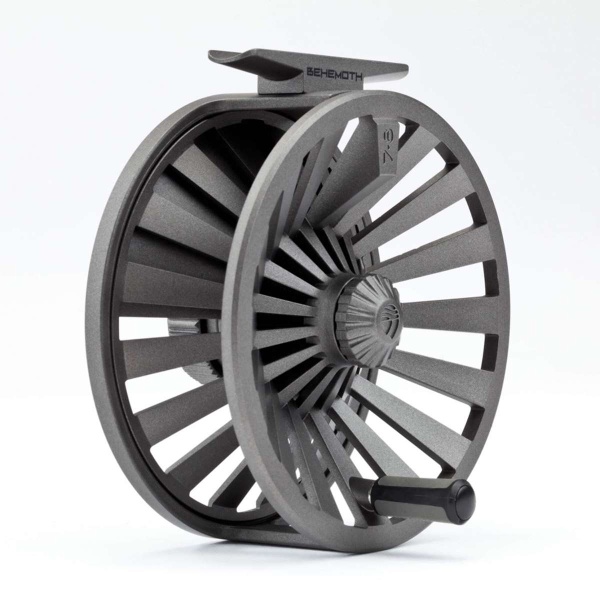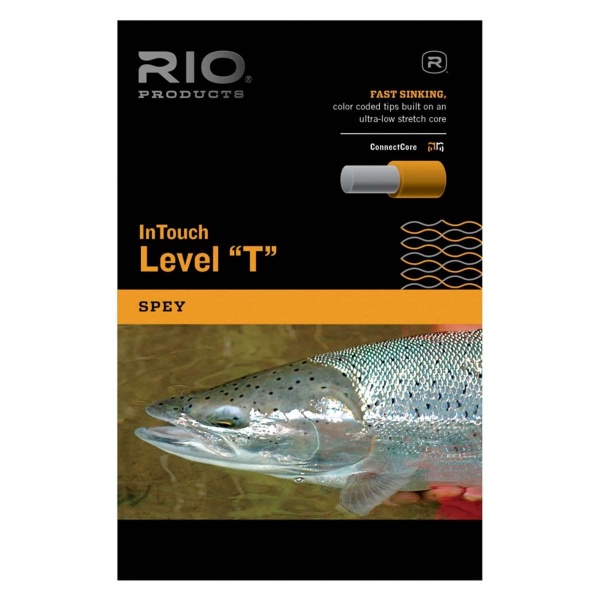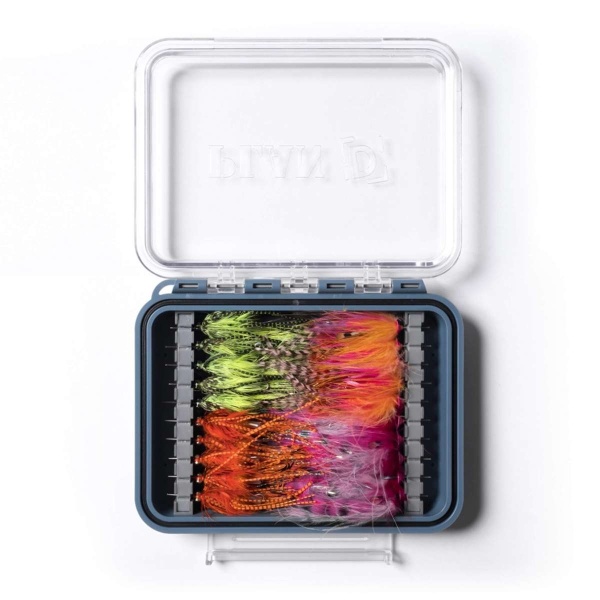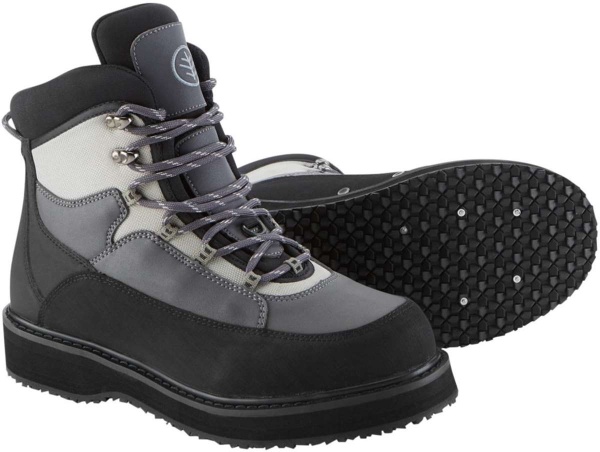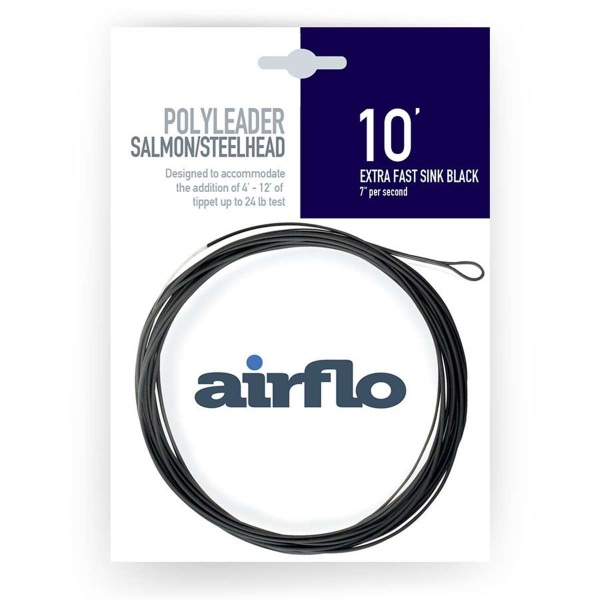Launch of Fluorocarbon Range!
Welcome To The Launch Of Our Own Flurocarbon Tippet Range!
We are seriously excited!
As many anglers find our tapered leaders to be exceptional we have been asked as a company many times about having our own range of fluorocarbon tippet......
you asked so we listened!

Why Are Ours Different?
We designed our fluorocarbon tippet to have a high knot strength and elasticity.
With elasticity of 19-29%, unlike others, these will stretch and not snap immediately.
It is the combination of stretch and elasticity that will make a difference in your fluorocarbon and you successfully catching a good fish!
Technical Bit
The Essential Fly Fluorocarbon Tippet is made from a specially designed fluorocarbon which offers exceptional knot and linear strength, along with very little refractive index as such the clarity means it is very difficult to see when submerged.
The high tensile strength will suit most fishing applications in both fresh and saltwater. Just what one needs when you are trying to provoke an aggressive take.
| Breaking Strain (LB) | Breaking Strain (KG) | Diameter (mm) | Knot Strength (KG) | Colour Band |
|---|---|---|---|---|
| 2.42 | 1.09 | 0.115 | 0.79 | Black |
| 2.86 | 1.29 | 0.135 | 0.93 | Green |
| 5.06 | 2.29 | 0.172 | 1.64 | Yellow |
| 7.48 | 3.39 | 0.211 | 2.43 | Royal Blue |
| 8.36 | 3.79 | 0.226 | 2.71 | Baby Pink |
| 11.88 | 5.38 | 0.275 | 3.86 | Red |
 |

|
 |
Each spool of tippet can interlock with the other breaking strains making it easy to carry or find at the bottom of your tackle bag. What's more is that each breaking strain has a unique colour band so that you know which one you are getting without having to disconnect them. |
Fluorocarbon Tippet Material
The terminal tackle is critical, we can spend hundreds on a rod and spoil it with the wrong terminal tackle, this is where fluorocarbon materials are beneficial in the last 9 to 12 feet between our fishing line and flies. For fly fishermen the choice of terminal tackle fluorocarbon tippet material is the often the preferred in the debate nylon and fluorocarbon because vs nylon because the refractive index is close to water the materials appear almost invisible on or in the waters surface making your flies more realistic. The strength vs nylon materials is excellent however unlike nylon tippet you willl find fluorocarbon has little stretch, this means if you use a "stiff fly rod" tippet size consideration is important because as is little stretch you risk break off if you do not use an appropriate strength for the fish you are targeting. Available for leaders and tippets as a tippet spool can be stored easily.
Materials having a specific gravity in excess of 1.00 are heavier than water, Fluorocarbon has a specific gravity in the range of 1.75 to 1.90 and will sink in theory hence we use fluorocarbon for droppers and just final tippet connection to dry flies. Fluorocarbon usually does not fully break the waters surface tension hence can be used for dry flies. Knot strength is critical with fluorocarbon as it actually heats while being tied. Personally we put the knot in our mouth while we tighten the knot and then use a drop of superglue to ensure that the dropper is 90 degrees to the tippet and ensures added strength. As a tactic we often use tapered leaders to help turnover and add fluorocarbon tippet to tippet for the point fly and add fluorocarbon droppers because of the refractive index.







